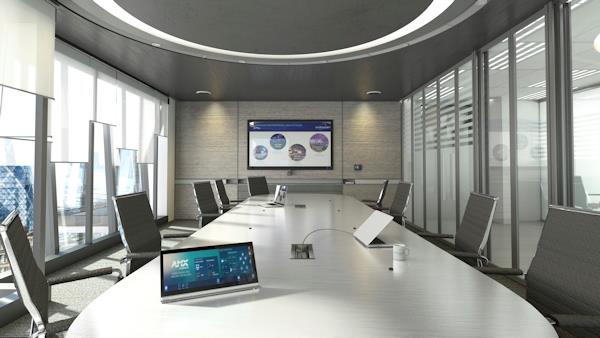Investigating the Development of Digital Display Technology and Its Influence on Setup Practices
Wiki Article
Electronic signage technology has arrived a significant way since its inception. Initially, signs were static and needed hands-on modifications, which could be time-consuming and demanding. With the progress of technology, digital signage has developed into a dynamic and engaging platform. Today, displays can show vibrant graphics, videos, and real-time information, making them more engaging for audiences. This evolution has not only altered how data is presented but has also transformed the way companies and organizations communicate with their audiences.

One of the crucial developments in digital signage solutions is the utilization of HD displays. These displays offer improved resolution and color precision, which improves the overall observing experience. Additionally, the advent of LED and LCD systems has made it possible to produce slimmer and lighter screens. This has allowed for more flexible setup options, such as wall installation, hanging, or even independent screens. As a result, companies can choose the best configuration that suits their environment and audience requirements, making digital signage a flexible solution for different settings.
Another significant development is the incorporation of content administration platforms (CMS). These systems allow operators to quickly develop, schedule, and oversee material across multiple screens from a unified platform. This feature is particularly beneficial for businesses with multiple sites, as it ensures uniform messaging and branding. Furthermore, many CMS systems offer web-based solutions, enabling off-site access and real-time modifications. This means that businesses can quickly react to changes in data or promotions, keeping their material fresh and relevant.
The impact of digital signage solutions on setup practices cannot be overlooked. With the rise of engaging displays and touchscreens, setup has become more complicated. Installers must now consider elements such as cabling, networking, and customer interaction. Additionally, Full Report the need for appropriate installation and positioning is essential to ensure optimal sightlines and approachability. As a result, professional setup services have become increasingly essential, as they offer expertise in both technology and aesthetics to develop effective digital signage solutions.
In conclusion, the development of digital signage solutions has profoundly influenced installation methods and the way data is shared. With improvements in screen systems, media management systems, and setup methods, businesses can develop captivating and impactful signage that captures the attention of their viewers. As digital signage keeps to expand and develop, it will undoubtedly play a vital role in shaping the future of interaction in various industries.